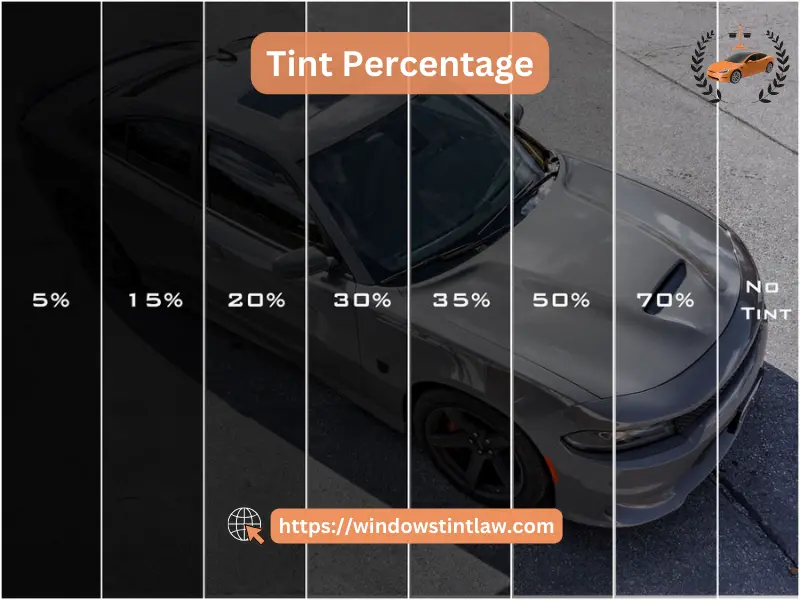Visible Light Transmission (VLT) is a crucial factor to consider before installing tint for Car windows. It refers to the amount of light that can pass through the tinted windows. Understanding VLT is essential as it directly impacts the darkness and performance of the window tint.
Drivers must be aware of the legal VLT percentages, to meet the legal requirements. The illegal tints impacts the visibility and may cause problems while driving.
VLT in window tinting
In the context of Automobile window tinting, Visible Light Transmission (VLT) measures how much visible light can penetrate through the tinted glass. This measurement is expressed as a percentage, indicating the amount of light allowed to pass through the window.
Visible Light Transmission plays a vital role in regulating light passage through tinted windows. It not only affects the darkness of the tint but also influences factors such as privacy, visibility, and UV protection. Therefore, understanding VLT is essential for choosing the right window tint.
70 percent VLT means, 70 percent light pass through the car window. The higher VLT percentage, higher the amount of light it can pass. Lower the number means, darker the tint.
Factors Affecting VLT
3.1. Type of Tint Material
Different types of tint materials, such as ceramic, dyed, and metallic tints, have varying effects on VLT. Each material offers unique characteristics, affecting the amount of light transmission through the window.
3.2. Tint Darkness Levels
The darkness level of the tint directly impacts VLT percentage. Darker tints allow less light to pass through, resulting in lower VLT percentages. Understanding the correlation between tint darkness and VLT is crucial for selecting the appropriate window tint.
VLT Percentage
VLT percentage scale represents the amount of visible light transmitted through the tinted windows. Higher VLT percentages indicate more light transmission, while lower percentages mean less light transmission.
Interpreting VLT percentages is vital when choosing window tint. Different VLT percentages offer varying levels of light transmission and darkness.
The below image shows different VLT percentages, which directly impacts the darkness of window tint.

Legal Regulations and VLT
Various regions have specific legal regulations regarding VLT for window tinting. Following the regulations is crucial to ensure compliance with the law. Check the Window Tint Laws for US states, before installing the Tinted materials on your vehicle.
Compliance with legal tint limits is essential to avoid potential legal consequences. Non-compliance with Tint regulations may result in fines or other penalties. Therefore, it is imperative to adhere to legal Tint limits when tinting windows.
